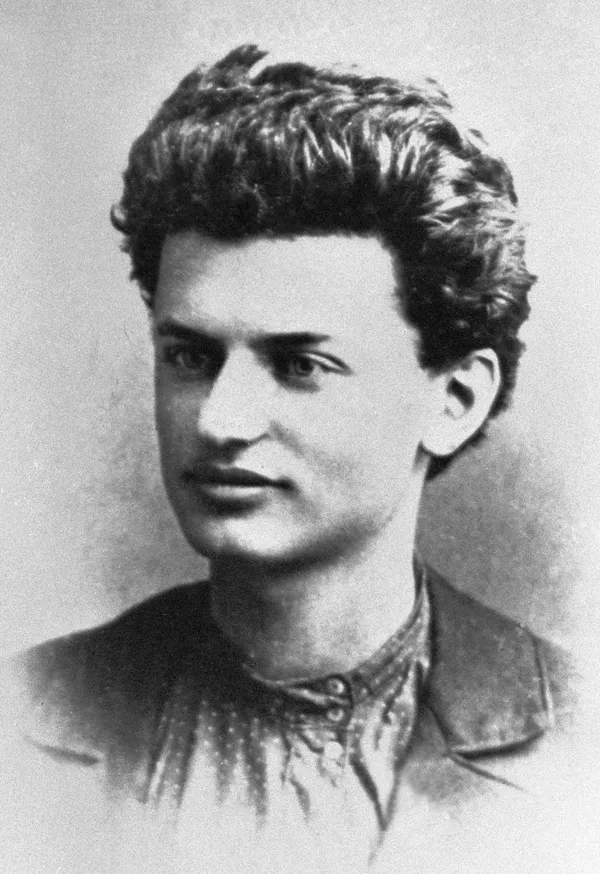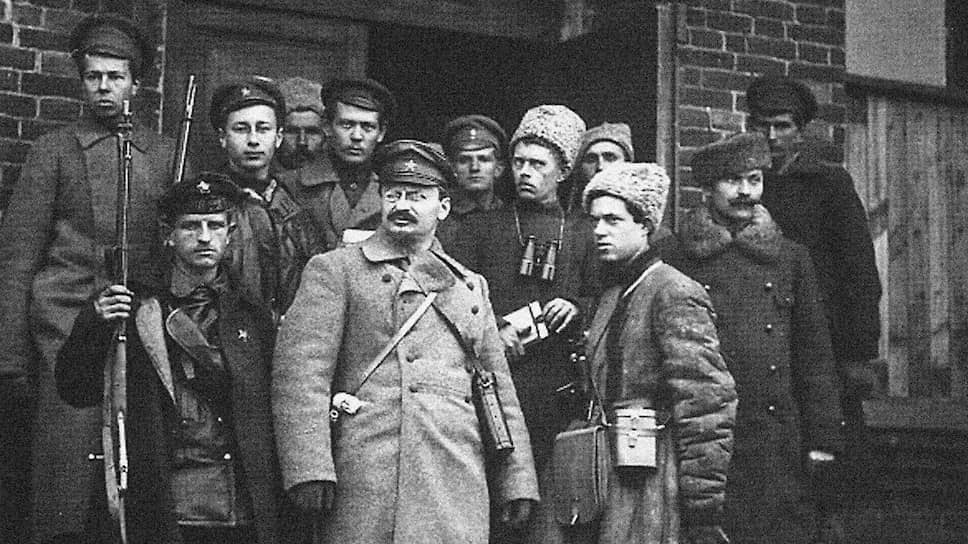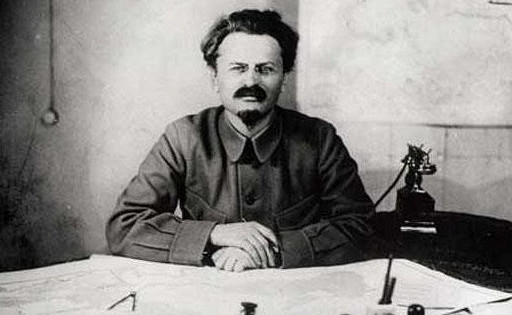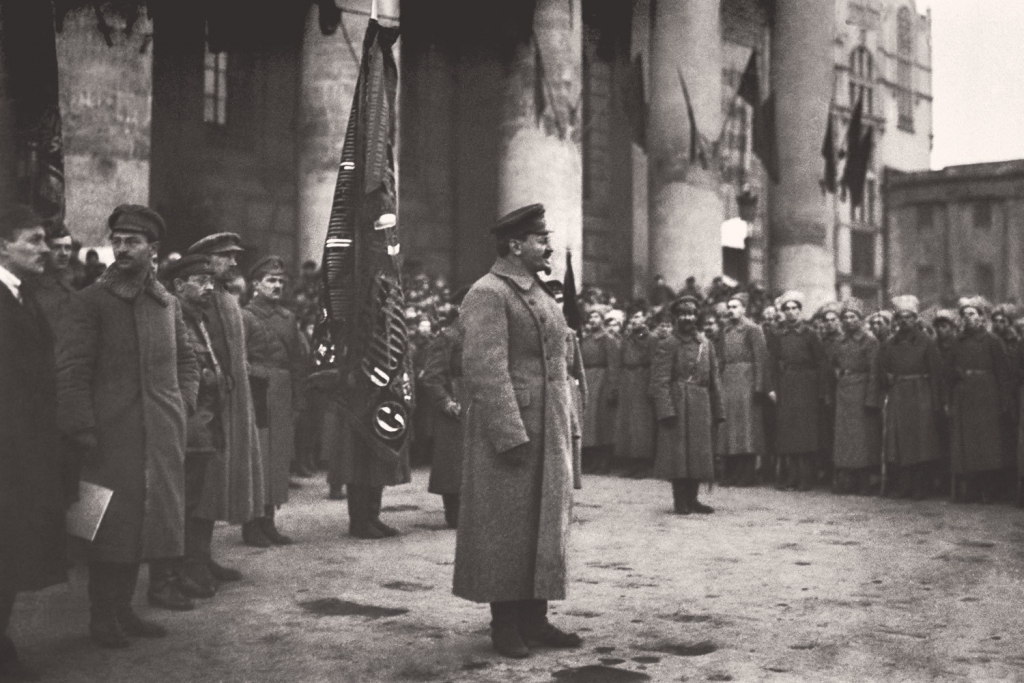Home
Lev Davidovich Trotsky (or Leiba Bronstein) (1879-1940) was one of the most famous revolutionary figures of the 20th century. After Lenin’s death he opposed the policy of Stalin, for which he was expelled from the USSR. Trotsky’s biography is full of various events.

The young Leiba’s interest in the ideas of socialism arose during his studies at a real school in Nikolaev in 1896. A great role in the formation of the revolutionary was played by his first wife, Alexandra Sokolovskaya, who created with him the Marxist group “South Russian Workers’ Union”. The revolutionary comrades-in-arms entered into a formal marriage while under investigation in Butyr prison and were subsequently exiled together to Irkutsk for 4 years.
The pseudonym “Trotsky” was first used during the escape from Siberia in 1902, it was the surname that appeared in the false documents. The prototype was the Odessa prison warden Nikolai Trotsky.
When Lev Bronstein fled Irkutsk, he left behind his first wife and two young daughters: Zinaida and Nina. The youngest daughter was four months old at the time of his escape. Alexandra Sokolovskaya lived and worked in Leningrad after the October Revolution and was officially shot in 1938.
During the 1905 Revolution, Trotsky was appointed chairman of the Petrograd Workers’ Council. The result of his social activities is exile to Siberia, this time for life. But he manages to escape again, first to Finland, then to Europe, where he settles in Vienna.



Trotsky’s children from his first and second (with Natalia Sedova) marriages had a tragic fate. The youngest daughter, Nina, died of tuberculosis; the eldest, Zinaida, committed suicide. The eldest son from his second marriage, Leo, died in Paris after an operation under very strange circumstances. The youngest, Sergei, was shot in Krasnoyarsk in 1937.
As Commissar of Foreign Affairs, Lev Davidovich was immediately charged with conducting peace negotiations with Germany at Brest-Litovsk, the result of which is a peace treaty.
The media of the Provisional Government in May 1917 published the information that Trotsky had received $ 10,000 from American agents in the U.S., where he had been for 2 months before returning to Russia. Officially, they were never confirmed, and Lev Davidovich himself in the magazine “New Life” said only about 310 dollars collected for the benefit of the Russian revolution from the German workers.
Trotsky became one of the main creators of the Red Army in 1918. As Commissar for Military Affairs he served for 7 years and used a harsh style of leadership and repression to strengthen discipline at the fronts. He would later be called one of the theorists of the “red terror.”



Trotsky first encountered opposition from the “troika” – Stalin, Zinoviev, and Kamenev – in 1922, when Lenin, concerned about the bureaucratization of the party, planned to transfer to him the duties of his personal representative. Realizing that he did not have enough strength to confront him, Bronstein refused, citing possible anti-Semitic attacks on the Soviets as the reason.
Many of the Stalinist command and control methods used later in the industrialization of the USSR were taken from Lev Trotsky’s theories, including the militarization of labor and trade unions.
Trotsky initiated the promotion of the so-called “communes” – family units with socialist principles of relationship building. Historians believe that this idea was the result of Bronstein’s deep study of Freudian theory and his obsession with combating the oedipal complex. In the communes, it was not possible to determine precisely who the father was, and thus the complex was impossible.
